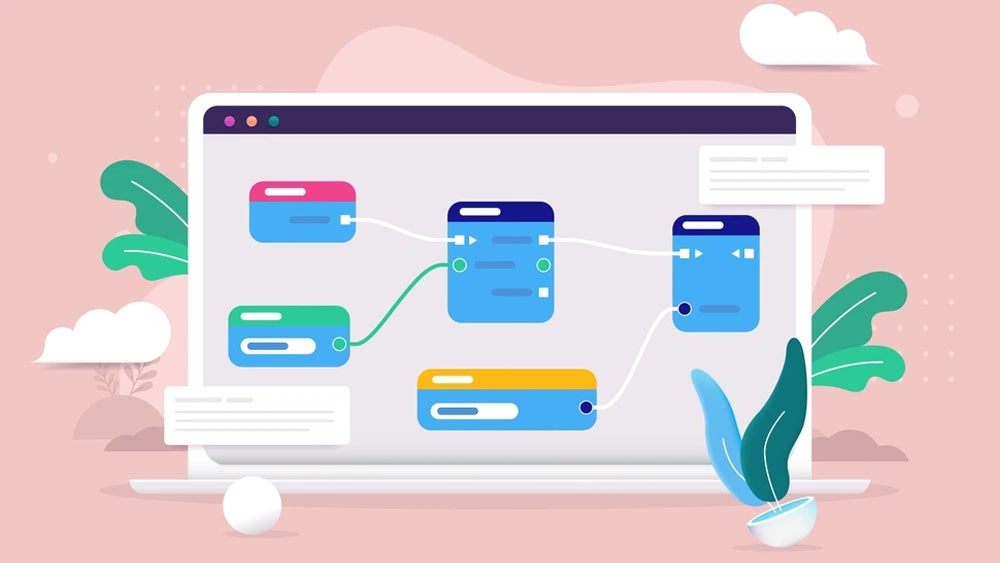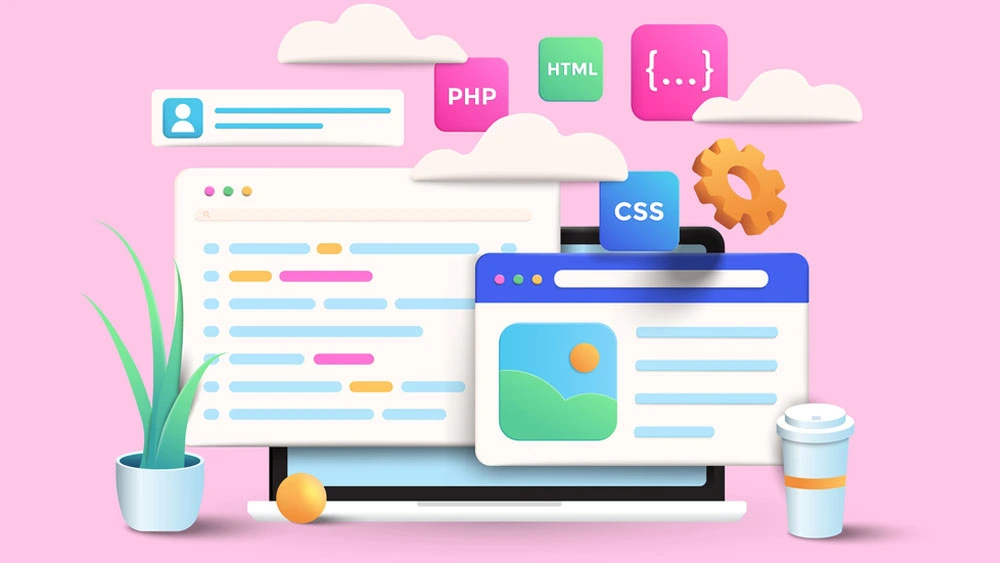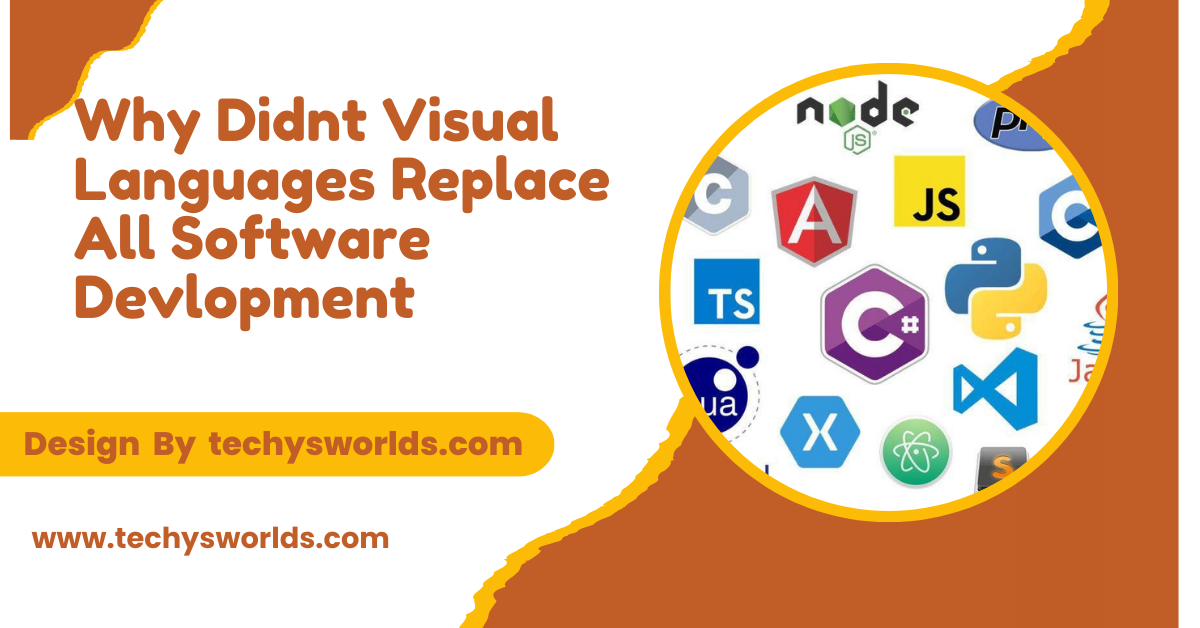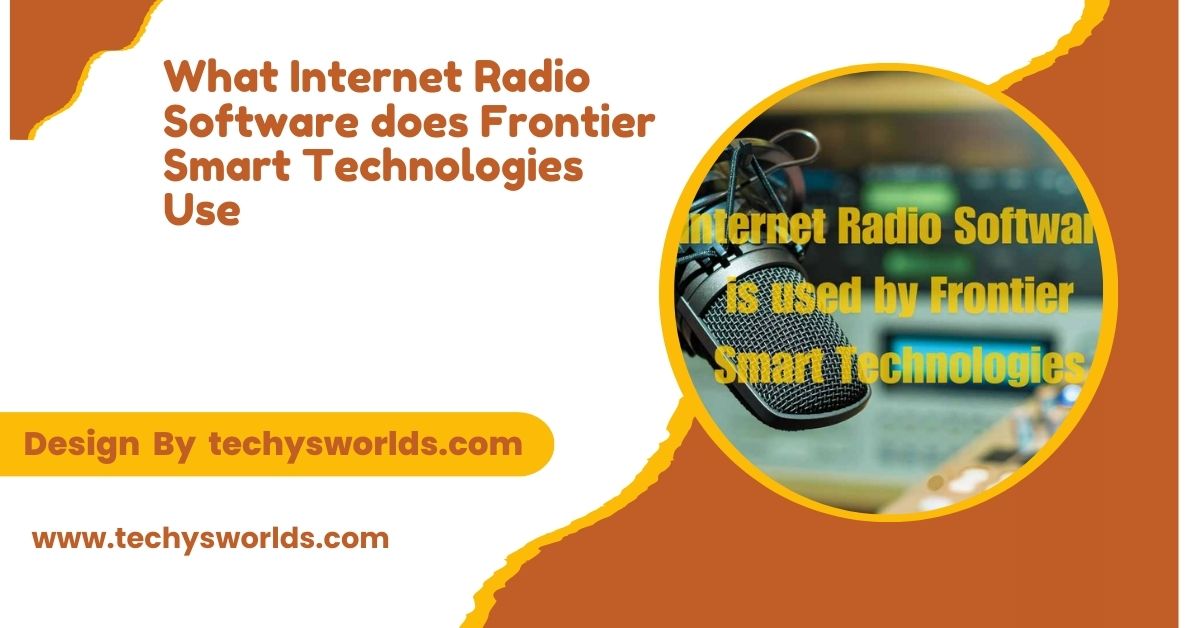Visual programming languages (VPLs) simplify coding with graphical elements but can’t fully replace traditional programming due to limitations in complexity and performance.
This article explores the reasons behind this phenomenon, examining the strengths and limitations of visual programming, the contexts in which they excel, and the enduring relevance of traditional coding practices.
Understanding Visual Programming Languages:

Visual programming languages (VPLs) enable users to interact with software through graphical elements, such as icons and flowcharts, rather than writing lines of code. This paradigm shift aims to make programming more accessible, especially for those without extensive technical backgrounds. VPLs have been designed to simplify the programming process, enabling users to focus more on logic and design than on syntax.
Key Features of Visual Programming Languages:
Visual programming languages have several defining characteristics:
- Graphical Interface: Intuitive manipulation of visual elements.
- Drag-and-Drop Functionality: Simplified assembly of applications.
- Immediate Feedback: Real-time testing of changes.
- Integration with Other Tools: Seamless connections with other systems.
- User-Friendly Design: Accessible for non-coders.
Advantages of Visual Programming Languages:
Visual programming languages offer several advantages that make them attractive in certain scenarios.
Also Read: Entertainment Software Association – A deep dive!
Accessibility:
Visual programming languages have a lower barrier to entry, making programming more accessible to non-developers. Their intuitive design allows individuals without a coding background to create software, fostering creativity and innovation among a broader range of users.
Rapid Development:
The drag-and-drop nature of VPLs allows for quick assembly and modification of applications. Users can see the effects of their changes in real time, facilitating faster feedback loops. These features significantly speed up the development process, especially for small-scale applications or proof-of-concept projects.
Collaboration:
Visual programming makes it easier for teams to collaborate, as stakeholders can more readily understand the project’s structure and logic. This shared understanding promotes better communication and more effective teamwork. The visual representation can engage non-technical team members in discussions about application design and functionality.
Limitations of Visual Programming Languages:

Despite their advantages, visual programming languages have significant limitations that prevent them from replacing traditional software development entirely.
Complexity Management:
As projects grow in complexity, visual languages can become cumbersome and challenging to manage. VPLs often abstract away low-level details, which can limit a developer’s ability to optimize performance or customize functionality. For larger projects, these limitations can hinder development efforts.
Performance Constraints:
Visual programming environments can introduce overhead that may impact the performance of applications. Some VPLs may not support the same level of performance tuning and optimization as traditional coding languages. Performance issues can be critical in scenarios requiring high efficiency or resource management.
Flexibility and Power:
Visual languages often have predefined components and workflows, which can limit developers’ ability to implement complex algorithms or data structures. Developers might find it difficult to achieve the same level of control and flexibility available in text-based programming. For advanced applications, traditional coding remains the preferred choice due to its power and flexibility.
The Role of Traditional Programming Languages:
Traditional programming languages, such as Python, Java, and C++, continue to play a vital role in software development. Their strengths complement the limitations of visual programming languages.
Also Read: Logitech Mouse Software – Features, Benefits, and Customization!
Versatility:
Traditional languages can be applied to a wide range of domains, from web development to system programming. Established programming languages have extensive libraries, frameworks, and communities that enhance their capabilities. This versatility makes traditional languages essential for tackling diverse programming challenges.
Advanced Features:
Traditional languages allow developers to access system resources and optimize performance at a granular level. Text-based programming supports sophisticated data structures and algorithms, enabling the development of intricate applications. These advanced features are crucial for high-performance applications and complex systems.
Community and Support:
Traditional programming languages have large, active communities that provide support, share knowledge, and contribute to libraries. A wealth of documentation, tutorials, and forums exists for traditional languages, making it easier for developers to learn and solve problems. This community support ensures that traditional languages remain relevant and widely adopted.
Contexts Where Visual Languages Excel:

While visual programming languages may not replace traditional coding entirely, they excel in specific contexts.
Education:
VPLs are often used in educational settings to introduce programming concepts to beginners. The visual nature of VPLs can enhance engagement and understanding among students. In educational contexts, visual programming can serve as an effective entry point for learning coding fundamentals.
Rapid Prototyping:
Visual programming is well-suited for creating prototypes and proof-of-concept applications. Rapidly developed applications can be tested with users to gather feedback and make improvements. For early-stage projects, visual programming offers significant advantages in speed and flexibility.
Domain-Specific Applications:
Visual languages can be effective for building domain-specific applications, such as data visualization tools or automated workflows. Non-technical users can often create solutions that meet their specific needs without relying on professional developers. In these scenarios, visual programming can empower users to develop solutions that align closely with their requirements.
The Future of Software Development:
The landscape of software development is continuously evolving, with new technologies and methodologies emerging. While visual programming languages will not replace traditional coding, they will likely coexist and complement one another.
Hybrid Approaches:
Future development may see hybrid approaches that leverage both visual and traditional programming methods. Such combinations can make development more accessible while retaining the power of traditional coding. Hybrid solutions can cater to diverse user needs and enhance the development process.
Continued Evolution of VPLs:
As technology progresses, visual programming languages will likely evolve to address their current limitations. Future VPLs may incorporate more advanced features, better performance, and greater flexibility. These advancements could enhance the applicability of visual programming in a wider range of projects.
Demand for Specialized Skills:
As software systems grow more complex, the demand for specialized coding skills will remain high. While visual programming may simplify certain tasks, the need for skilled developers will continue to be crucial. The future will require a balance between visual programming accessibility and the expertise of traditional software development.
FAQ’S
1. What are visual programming languages?
Visual programming languages (VPLs) let users create applications using graphical elements instead of traditional code.
2. Why haven’t visual languages replaced traditional programming?
Visual languages face limitations in complexity management, performance, and flexibility that hinder full replacement.
3. Where do visual programming languages excel?
VPLs excel in education, rapid prototyping, and domain-specific applications for non-technical users.
4. Are visual programming languages suitable for complex projects?
No, they can become cumbersome for complex projects, making traditional programming a better choice.
5. What is the future of visual programming languages?
The future may include hybrid approaches that combine visual and traditional programming with enhanced capabilities.
Conclusion
Visual programming languages provide an accessible and intuitive approach to software development but cannot fully replace traditional coding due to limitations in complexity, performance, and flexibility. The future will see a coexistence of both paradigms, allowing developers to leverage the strengths of each to meet diverse project requirements.
Related Posts
Also Read: List Of Amazon Softwares – Enhancing Business Operations!
Also Read: How Many Company Offer Software Defined Access – Key Players and Offerings!
Also Read: Logitech Mouse Software – Features, Benefits, and Customization!



